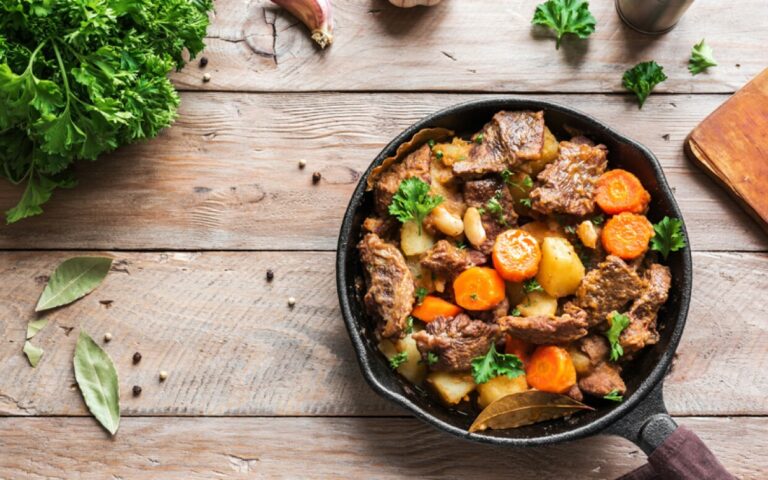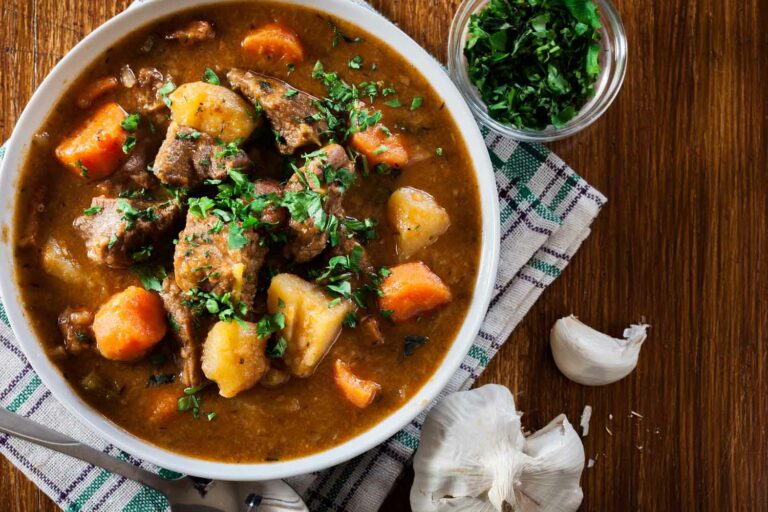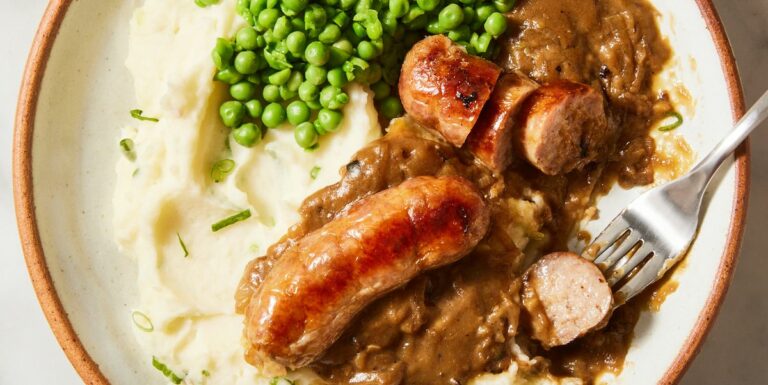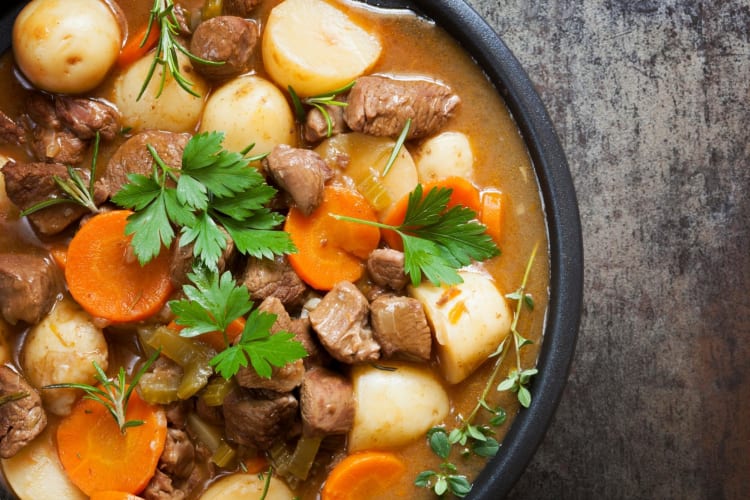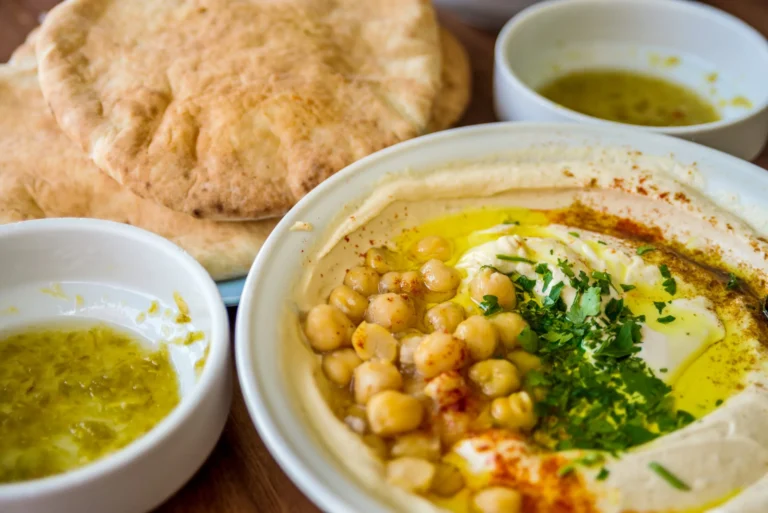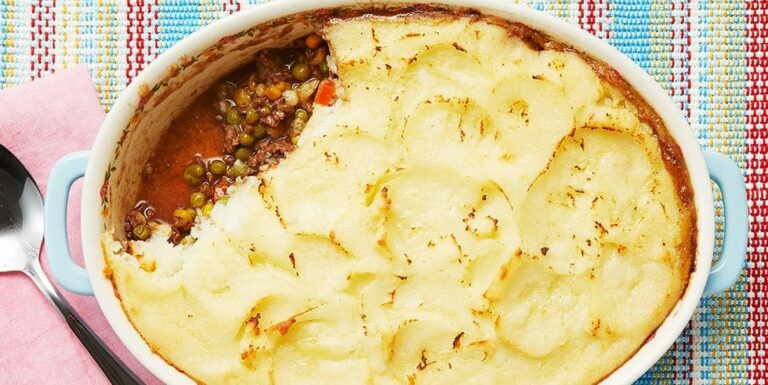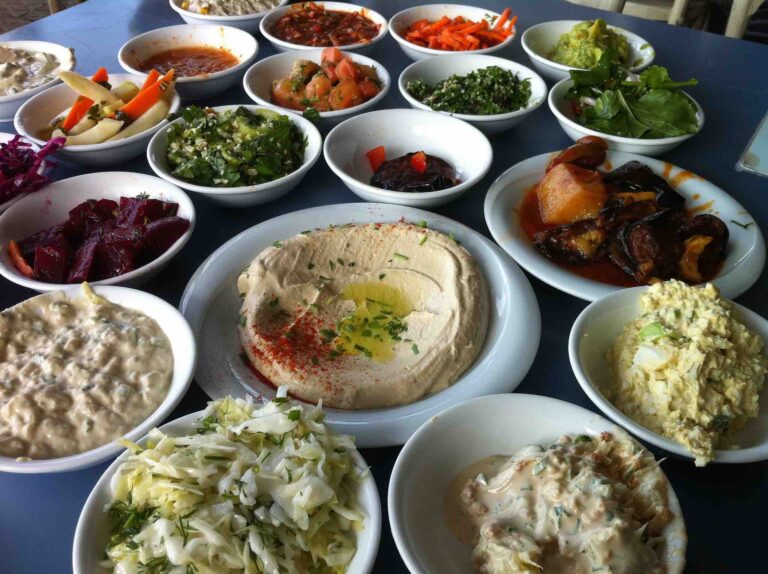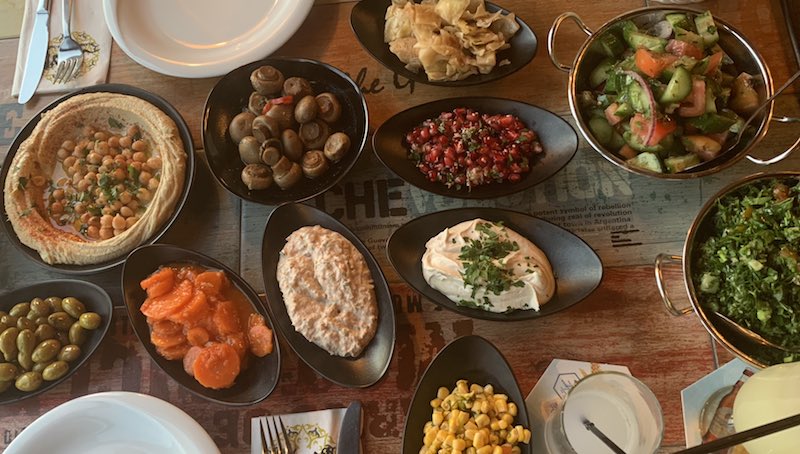Introduction: Irish Pub Culture
Irish pub culture is a long-standing tradition that dates back to the 17th century. Pubs in Ireland are more than just drinking establishments; they are a place where people come together to socialize, relax, and enjoy traditional Irish music. They are an integral part of Irish society and culture, and their influence can be seen in the country’s cuisine.
Irish Cuisine: A Brief Overview
Irish cuisine is known for its simplicity and use of fresh, locally sourced ingredients. It is heavily influenced by the country’s long history of farming and fishing. Some of the most popular dishes in Irish cuisine include potatoes, seafood, stews, and bread. Traditional Irish cuisine is often associated with comfort food, and is often served in pubs throughout the country.
The Role of Irish Pubs in Irish Cuisine
Irish pubs play a significant role in Irish cuisine. They are often the places where traditional Irish dishes are served, and where people gather to enjoy a pint of Guinness and a hearty meal. Pubs are also a place where local chefs can showcase their culinary skills, creating new and innovative dishes that reflect the country’s food culture.
Traditional Irish Dishes Served in Pubs
Some of the most popular traditional Irish dishes served in pubs include Irish stew, fish and chips, shepherd’s pie, and bacon and cabbage. These dishes are made with fresh, locally sourced ingredients and are often accompanied by a pint of Guinness. Pubs also serve a variety of breads, including soda bread and potato bread, which are staples of Irish cuisine.
The Impact of Irish Pub Culture on International Cuisine
Irish pub culture has had a significant impact on international cuisine. Irish pubs can now be found all over the world, and they often serve traditional Irish dishes alongside international cuisine. The popularity of Irish pubs has helped to spread awareness of Irish cuisine, and has encouraged chefs to incorporate Irish ingredients and cooking techniques into their own dishes.
Conclusion: The Importance of Irish Pub Culture in Cuisine
Irish pub culture plays an important role in the country’s cuisine. It is a place where people come together to socialize, relax, and enjoy traditional Irish dishes. Pubs have helped to spread awareness of Irish cuisine throughout the world, and have encouraged chefs to incorporate Irish ingredients and techniques into their own dishes. Irish pub culture is an integral part of Irish society and culture, and its influence can be seen in the country’s cuisine.

